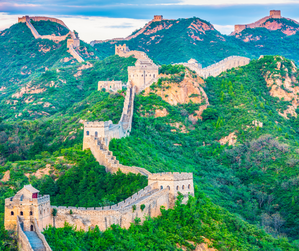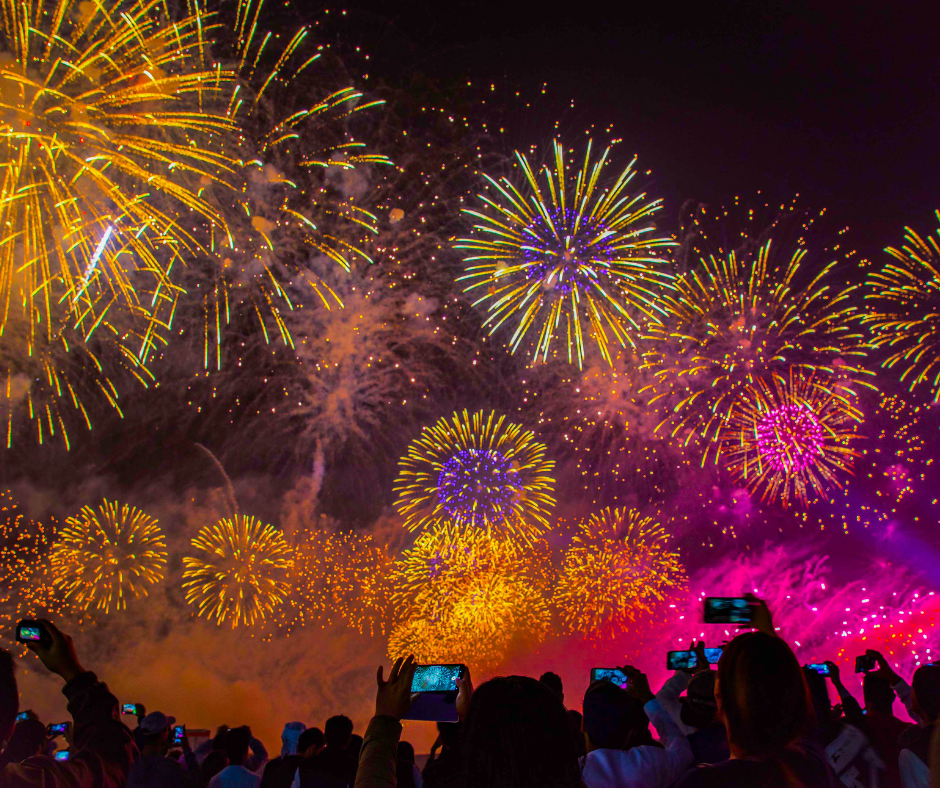As the sun sets on the Fourth of July, and the sky transforms into a dazzling canvas of colors, it’s hard to imagine celebrating America’s independence without the mesmerizing beauty of fireworks. For centuries, these luminous displays have been an integral part of our nation’s celebration, captivating hearts and igniting a sense of patriotism. But how did fireworks become synonymous with the Fourth of July? Let’s delve into the origins of this sparkling tradition.
The tradition of using fireworks to mark special occasions dates back over a thousand years, originating in ancient China during the Tang Dynasty. The Chinese were the pioneers of pyrotechnics, experimenting with explosive mixtures and creating dazzling displays to ward off evil spirits. These early fireworks were predominantly used for religious ceremonies, celebrations, and warding off negative energies.

The concept of fireworks traveled from the East to the West through trade routes and exploration. It wasn’t until the late 16th century that fireworks made their way to Europe, captivating the imaginations of royalty and aristocracy. Europe’s fascination with these spectacular shows quickly spread, with elaborate fireworks becoming a highlight of royal weddings, coronations, and public festivities.
Fast forward to the birth of the United States. On July 4, 1776, the Continental Congress adopted the Declaration of Independence, marking the birth of a new nation. The Founding Fathers and the American people yearned to commemorate this historic event with a celebration that truly reflected their collective spirit and commitment to liberty.

Enter John Adams, one of the Founding Fathers and future President of the United States. In a letter to his wife Abigail, Adams wrote that the occasion should be celebrated “with pomp and parade…bonfires, and illuminations from one end of this continent to the other, from this day forward forevermore.” This early reference to “illuminations” can be seen as an early indication of the inclusion of fireworks in Fourth of July celebrations.
It wasn’t long before fireworks became an integral part of Independence Day festivities. In fact, the first public Fourth of July celebration in 1777 saw the sky above Philadelphia illuminated with fireworks, along with bonfires and artillery salutes. The display was described as a “grand exhibition of fireworks,” setting the stage for future celebrations.
The popularity of fireworks spread like wildfire across the newly formed United States. Cities and towns began incorporating fireworks into their Independence Day celebrations, honoring the birth of the nation with vibrant displays that symbolized the triumph of freedom and the endurance of the American spirit.

Over the years, advancements in pyrotechnic technology allowed for more intricate and stunning fireworks displays. Fireworks became larger, brighter, and more awe-inspiring, captivating audiences of all ages. The “rockets’ red glare” and the “bombs bursting in air” described in Francis Scott Key’s “Star-Spangled Banner” further solidified fireworks’ association with American patriotism.
Today, fireworks continue to hold a cherished place in our hearts and minds as we celebrate the Fourth of July. From small towns to major cities, Americans gather with their loved ones to witness the sky come alive with a symphony of lights, celebrating the freedom and unity that define our nation.
As you crane your neck and marvel at the fireworks this Fourth of July, take a moment to reflect on the rich history behind this sparkling tradition. Let the dazzling displays remind you of the bravery and vision of our Founding Fathers, and the enduring spirit that continues to unite us as a nation. From ancient China to the shores of America, fireworks have transcended time and culture, becoming an enduring symbol of celebration and independence.


